Are you looking to draft a compelling letter for a research partnership agreement? Establishing a successful collaboration can open doors to innovative discoveries and mutual growth. It's crucial to convey your intentions clearly and warmly, setting the stage for a productive and fruitful relationship. Dive into our article for tips and a template to help you craft an engaging letter that gets results!
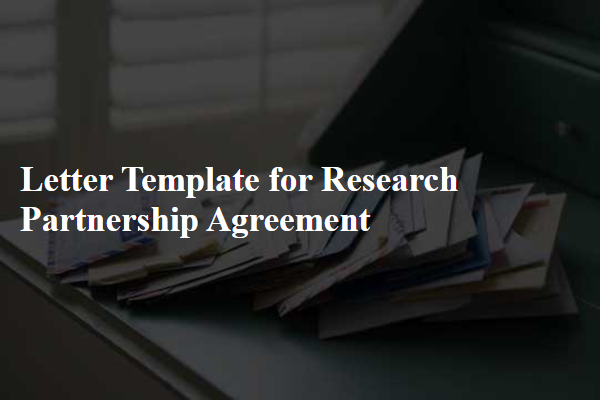
Parties Involved
In a research partnership agreement, parties involved typically include academic institutions, such as universities like Harvard University in Massachusetts or Stanford University in California, private sector companies like Siemens or IBM, and government research organizations like NASA or the National Institutes of Health (NIH). Each entity plays a specific role, contributing resources, expertise, and funding to the collaborative effort. Intellectual property rights, publication protocols, and funding distribution are key aspects that define the relationship among these parties, ensuring clarity and mutual benefit throughout the duration of the research project. Establishing clear terms is crucial for facilitating effective communication and progress in joint research endeavors.
Scope of Collaboration
A research partnership agreement establishes a framework for collaboration between institutions or organizations, focusing on specific areas of mutual interest. The scope of collaboration should detail objectives, methodologies, and desired outcomes, which may encompass joint research projects, data sharing initiatives, and co-publication efforts. Key sectors frequently addressed include environmental science, healthcare innovations, and technology development. Specific roles and contributions from each party require clarification, along with resource allocation and timelines for achieving milestones. Additionally, protocols for intellectual property rights, funding arrangements, and dispute resolution mechanisms are critical components, ensuring a clear understanding of responsibilities and expectations throughout the partnership.
Duration of Partnership
Duration of partnership in research collaboration agreements typically specifies the time frame for joint activities. Partnerships can span several years, often from one to five years, depending on project complexity. Commencement dates should be clearly defined, alongside renewal options or conditions that may terminate the agreement. Adjustments for unforeseen circumstances such as funding changes or research breakthroughs must also be considered. Regular review intervals (e.g., annually) may facilitate ongoing evaluation of partnership effectiveness. Researchers and institutions involved must agree on the timeline to ensure aligned objectives and resource allocation throughout the partnership.
Intellectual Property Rights
The research partnership agreement must outline key aspects of Intellectual Property Rights (IPR) protection and management between collaborating entities. The agreement should specify ownership of inventions, patents, copyrights, and trademarks arising from the partnership, detailing the rights of each party. It should encompass the process for disclosing inventions, evaluating their patentability, and handling commercialization efforts, including revenue sharing percentages. The agreement must also address the use of pre-existing intellectual property and any licensing arrangements required for research activities. Furthermore, confidentiality clauses are crucial to protect sensitive information shared during the collaboration. The jurisdiction governing the IPR should be established, ensuring adherence to relevant national laws and international treaties on intellectual property.
Confidentiality Clause
Confidentiality clauses in a research partnership agreement serve to protect sensitive information exchanged between collaborating entities. The clause typically outlines the definition of confidential information, including but not limited to research methodologies, data sets, and proprietary technologies. It specifies obligations for both parties to maintain confidentiality, highlighting the importance of safeguarding intellectual property (IP) developed during the partnership. The clause may also detail the duration of confidentiality obligations, often extending several years beyond the conclusion of the research project. Breach of the confidentiality agreement could lead to legal repercussions, including damages or injunctions, emphasizing the critical nature of trust in academic and corporate collaborations. Essential terms, such as "confidential," "disclosure," and "permitted recipients," are delineated to prevent ambiguity and ensure mutual understanding.

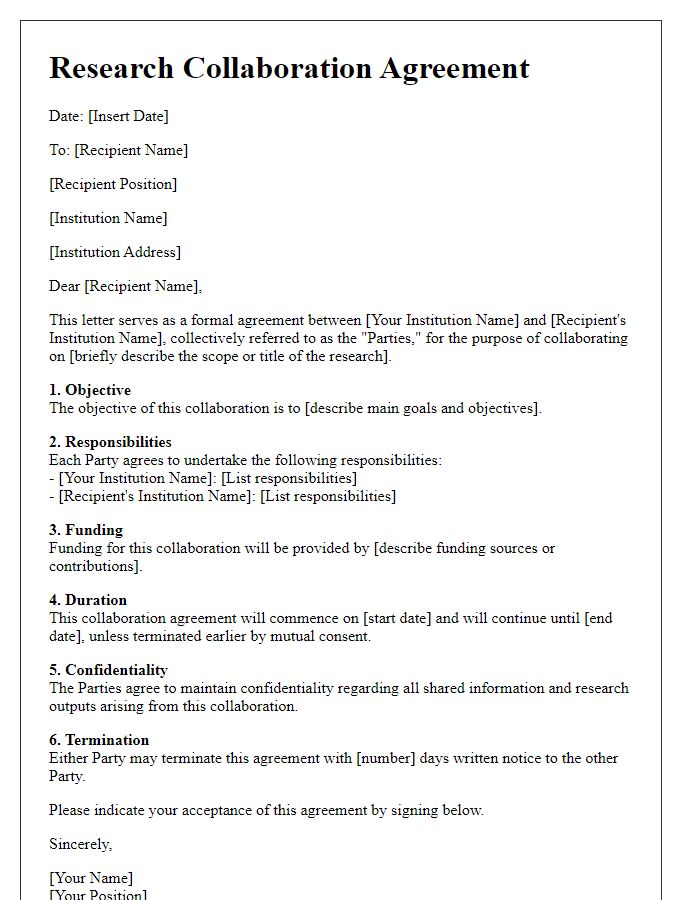
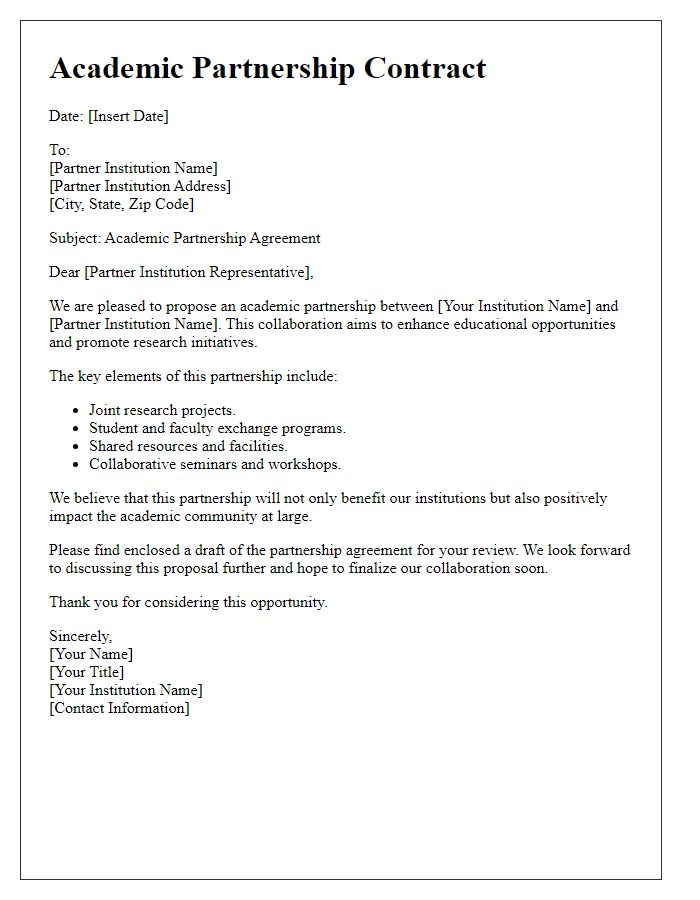
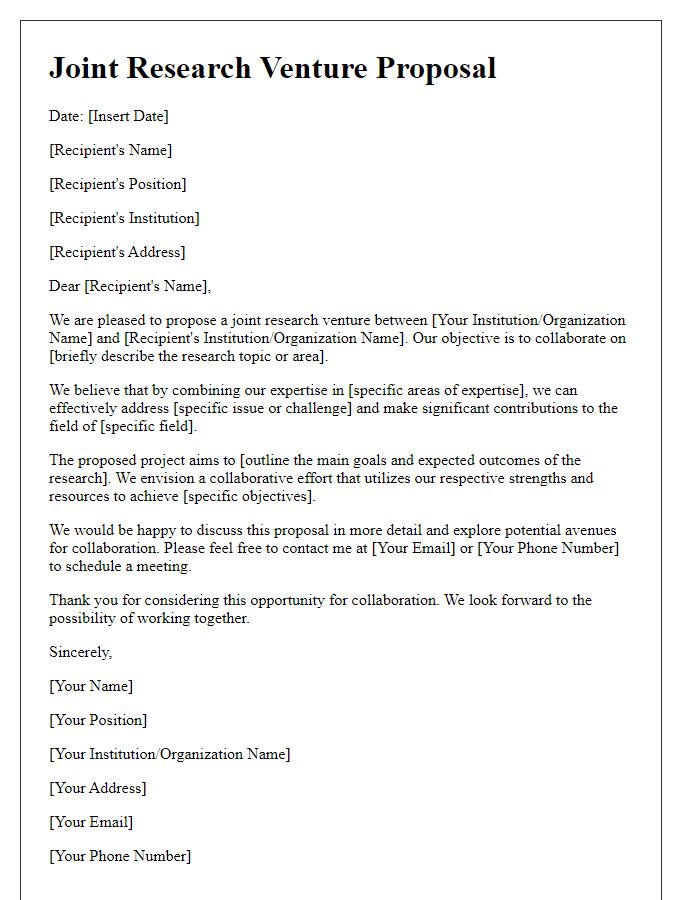
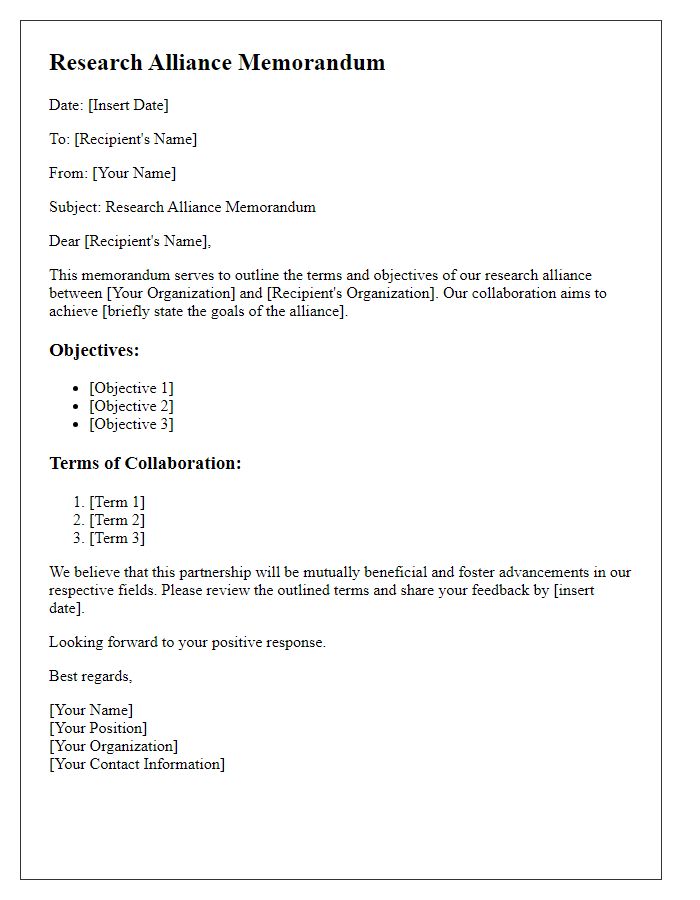
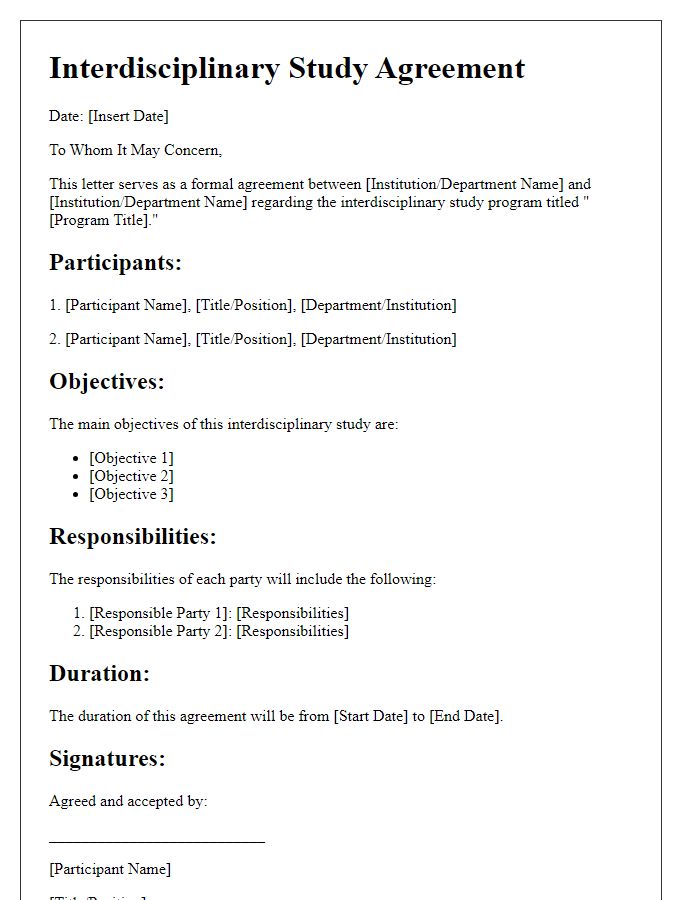

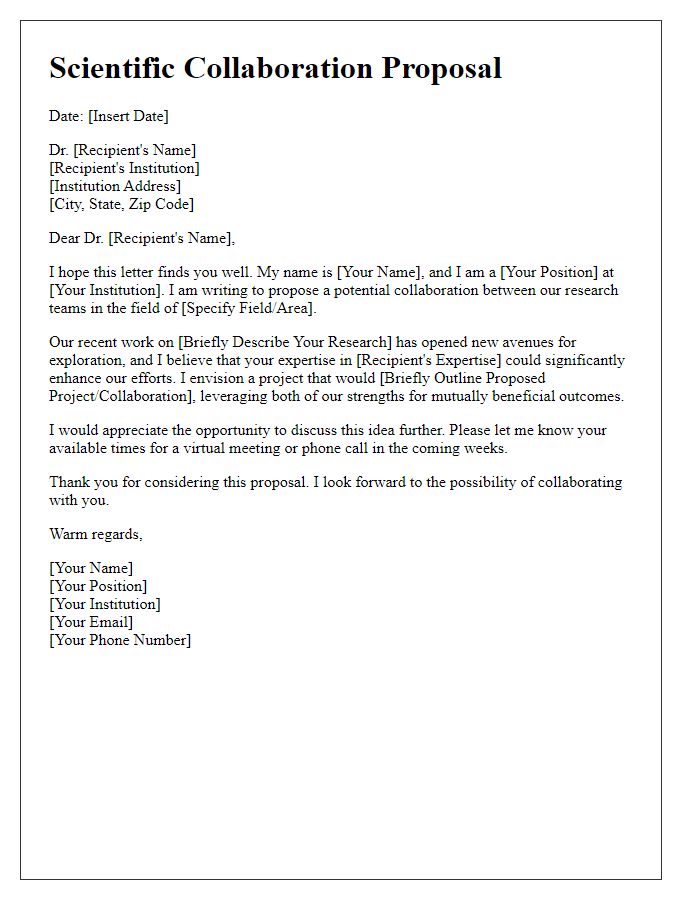
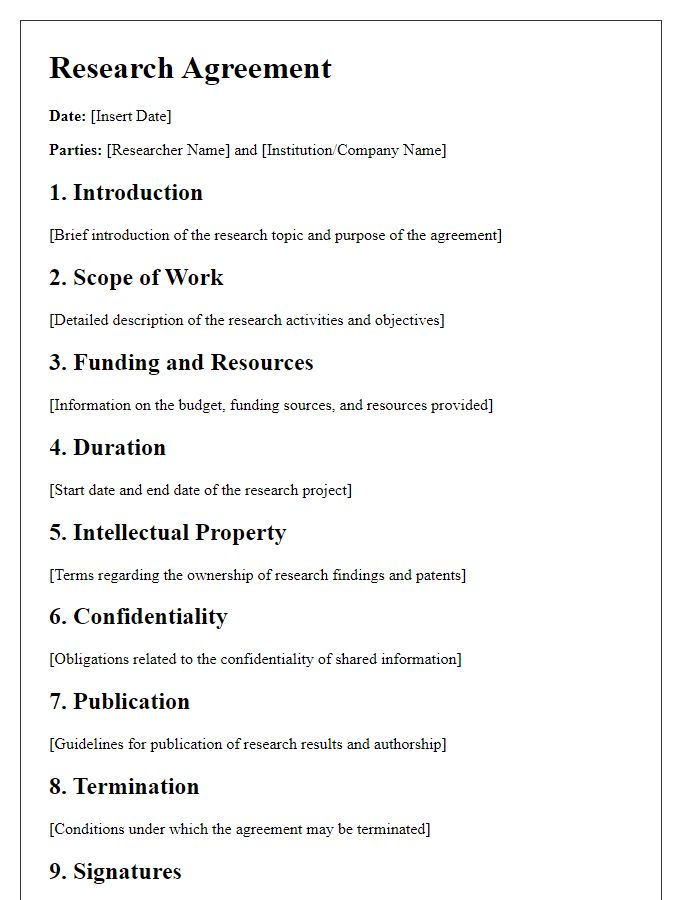
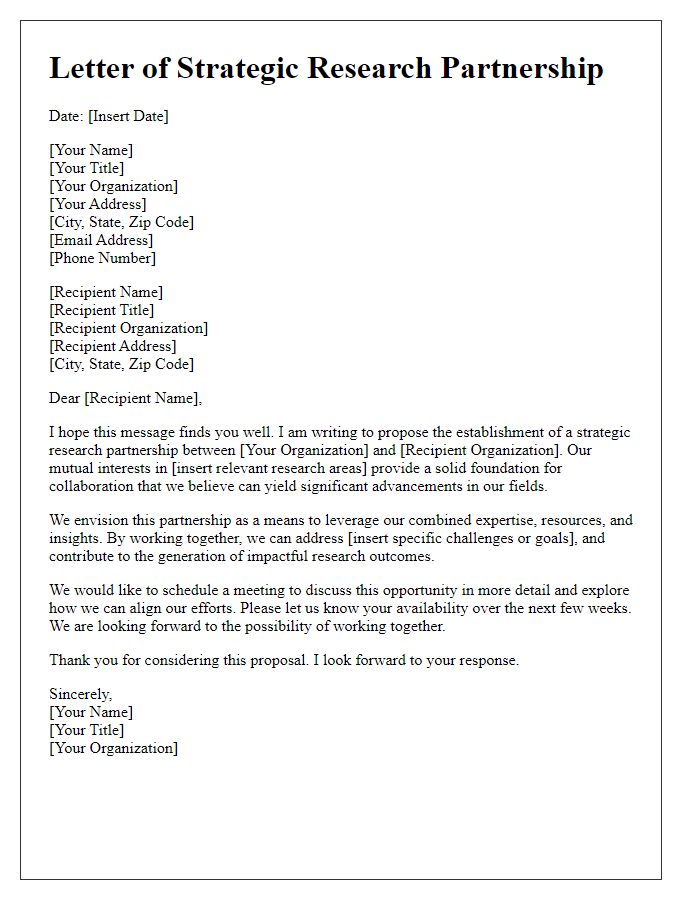
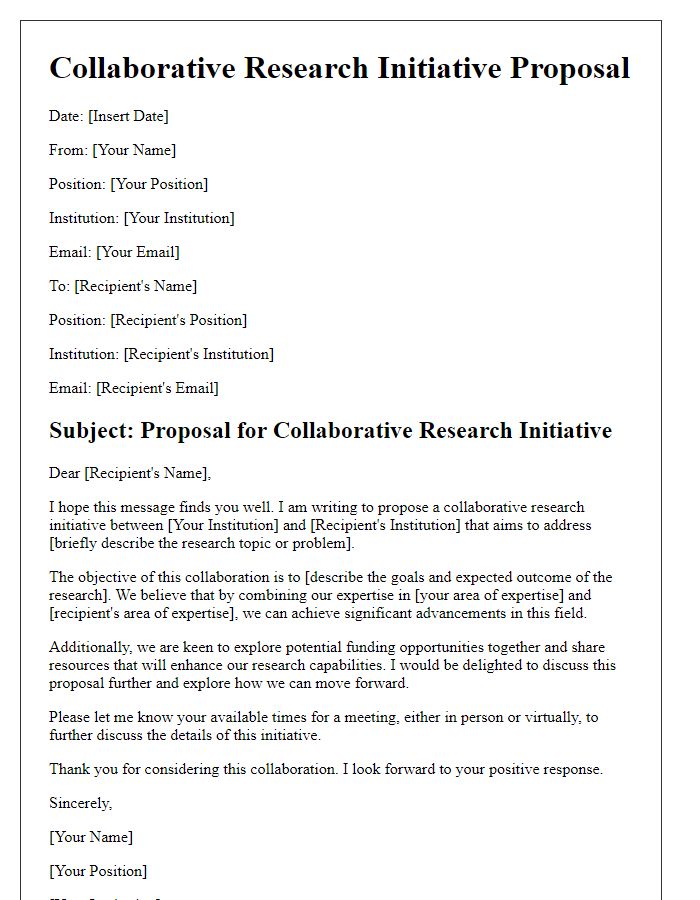


Comments